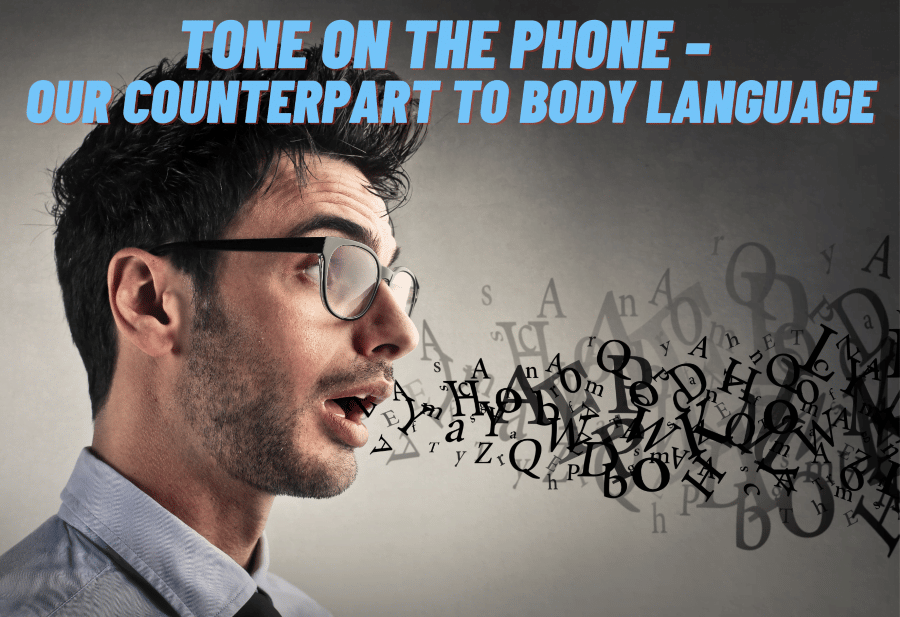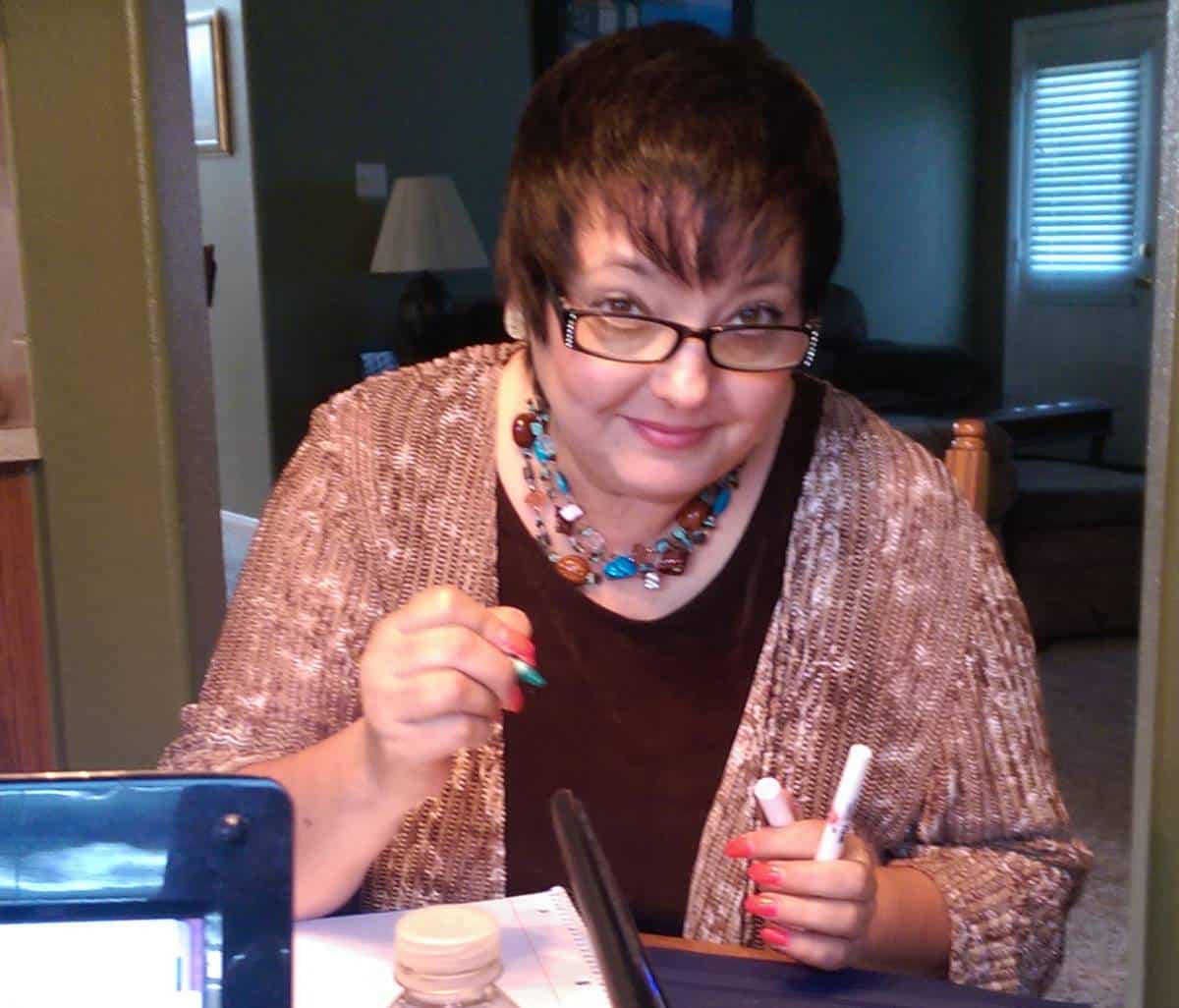
“Don’t look at me in that tone of voice,” a brilliant Dorothy Parker quote. Tone is so powerful, and like electricity, it can build or destroy. Tone on the phone is the virtual equivalent of what we traditionally refer to as the way a person carries himself or herself. The way you carry yourself determines the way you are perceived by others. We describe how a person carries themselves in such ways as: She carries herself well, or he exudes confidence. The way someone carries themselves speaks to the ‘whole package’ and includes such things as attitude, posture, body language, how you dress and how you stand. It speaks to a person’s presence. When making phone calls, we convey our phone presence in two ways, through words and tone.
In our role as tele-prospectors, working from home from our respective home offices, we do not have the benefit of body language over the phone like sales people do in a face to face communication, so tone becomes even more important. Tone on the phone is our counterpart to body language. Tone is the single most important part of communication over the phone and especially on a cold call where no prior relationship has been established. Words are important but pale in comparison to the importance of tone. Basically, tone is what ‘being good on the phone’ is all about. It is a necessary skill to master in order to be successful in cold calling and setting sales appointments.
Research tells us that face to face communication is broken down into these percentages:
- Words: Words (the literal meaning) account for 7% of the overall message
- Tone: Tone of voice accounts for 38% of the overall message
- Body language: Body Language accounts for 55% of the overall message
Since in a phone conversation, neither we nor the prospect has the benefit of seeing body language, therefore, the weight carried by tone on the phone becomes comparable to the weight carried by body language in a face to face sales call. Without the benefit of body language in a sales phone call, tone accounts for 75% of the communication whereas words account only for the remaining 25%. Depending on the body of research cited, a case can be made that 93% of the outcome of a telephone sales call relies on tone.
Advancing the skill of tone on the phone. The very best tool we have in our virtual call center for improving tone is the ability to listen to and critique calls. There is great value in listening to both your own calls as well as listening to the calls of others. Tone is not something you can really understand by reading a book. You can’t hear the inflection in someone’s voice by reading a script or a book about sales. By listening to the calls of top appointment setters, you can pick up techniques that work and adapt them to your own style. Even listening to calls of people who don’t set a lot of appointments has value so that you can hear and understand what does not work. Listening to actual phone calls is the fastest way to accelerate the learning curve. Tone is definitely a skill that can be learned.
Attributes of effective appointment setters. The most effective sales appointment setters have a consistency to their tone. This may sound a little boring, but the top producer’s calls tend to sound quite a bit the same from one call to the next, even from one client account to the next. Sounding the same, striking the same tone, adhering to a winning, successful formula, does not mean their approach to outbound calls comes across as sounding stiff or robotic. Skilled, effective appointment setters definitely do not sound stiff and robotic or like they are reading a script.
Not a canned spiel. The word ‘script’ can have a certain negative connotation, like we are talking about reading a canned spiel word for word. That’s not what we mean when we use the word ‘script.’ What it means to us is a guide, a starting point, an outline that describes the qualifying process and value proposition. Everyone has to start somewhere and everyone starts out with a script, but not for the purpose of reading a canned pitch to the prospect over the phone. Before a skilled veteran appointment setter begins making live calls, the script and the process have already become second nature, so that when a decision maker is reached, the flow of the call is conversational.
We only have a few seconds on a cold call, less than half a minute, to gain the prospect’s interest. Having the right tone won’t guarantee that you will schedule an appointment however, having the wrong tone will guarantee that you won’t set an appointment. A few more ingredients with respect to striking the right tone are:
To convey confidence, conviction and authority.
To mirror and match the energy of the prospect – to quickly build rapport.
To be professional and friendly – but not overly friendly.
To be enthusiastic – but not overbearing.
To be loud vs. soft and timid – speak up, but not too loudly.
To be clear and articulate – not mumbly and rambling.
To be genuine and sincere.
To vary the inflection vs. sounding monotone.
The key is being prepared and to practice. There are many skills necessary to successful cold calling, but none more important than tone.
About the Author

Tracie Chancellor, CEO and Founder of TeleReach Corporate, national business to business call center specializing in sales appointment setting and lead generation, based in Houston, Texas. Chancellor is an MBA graduate of the University of Houston with over 20 years hands-on sales and marketing experience, working with privately-held businesses, universities, non-profit organizations, as well as Fortune businesses in the business to business marketing space.

